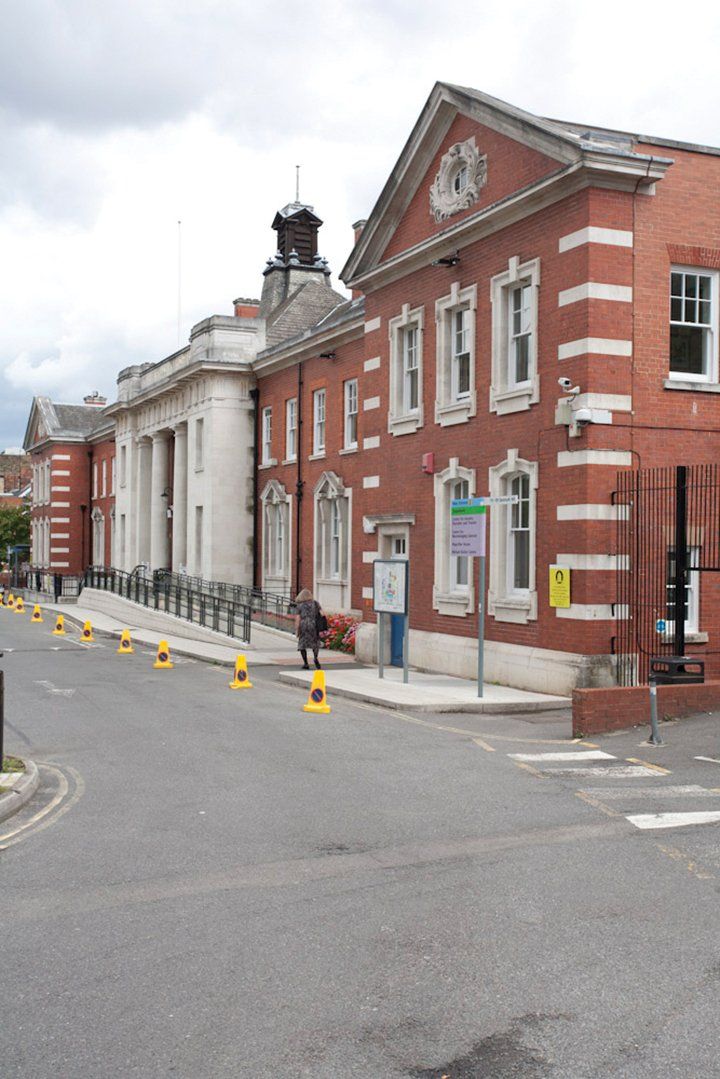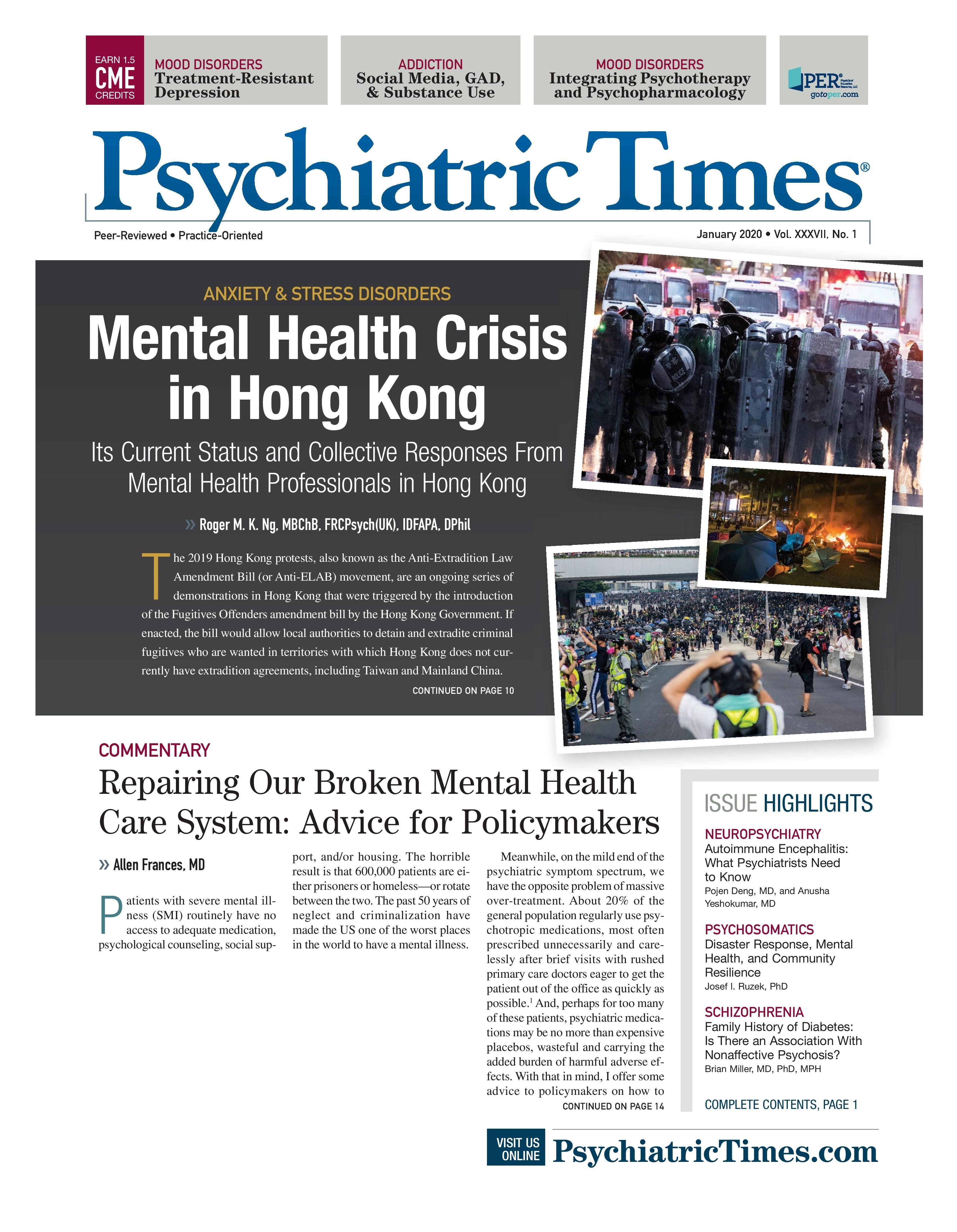Publication
Article
Psychiatric Times
The Opening of the Maudsley Hospital: January 31, 1923
In the early years, treatment was largely restricted to restraint and sedation with great emphasis placed on fresh air for prevention of mental illness. Later, the aim of treatment was to prevent transfer of patients to country asylums.
South London and Maudsley Hospital, National Health Service Foundation Trust

This Month in Psychiatry: Looking Back to Look Forward
In 1907, the eminent psychiatrist Henry Maudsley offered the London County Council £30,000 for the establishment of a new psychiatric hospital to treat acute and voluntary patients with out-patient facilities and teaching/research facilities modelled on German hospitals. Maudsley was an early doyen of British psychiatry whose work was highly regarded. He promoted degeneration theory and was strongly opposed to women doctors. The intention was for the hospital to treat early cases of psychosis to prevent the condition from becoming intractable and patients having to be sent to country asylums.1
The project was delayed by cost overruns and the onset of World War 1, which required the use of the buildings to treat war veterans with shell shock and from August 1919 to October 1920 to treat ex-servicemen suffering from neurasthenia.2 Starting in 1915 as a military hospital, the Maudsley Hospital reopened on January 31, 1923, as a psychiatric hospital with Edward Mapother as medical superintendent.
Mapother, who may have been attracted to psychiatry by the mental illness of his sister, was to be a significant figure in determining the approach followed at The Maudsley (as it is known to this day). During World War I he gained experience treating cases of shell shock. He believed that the scientific method should be allied to the principles of clinical medicine. He wanted the hospital to mirror the German university clinics. as a result of his efforts, the Maudsley became a leading center of psychiatric research.
Mapother sought young doctors trained in general medicine and neurology, rather than psychiatry, to encourage new ideas such as the use of biochemistry, psychology, and genetics. “They were given temporary appointments in the hospital and were encouraged to go their own way, learning their psychiatry from the bedside more than from books or lectures.”3 Mapother distrusted philosophies that attempted to explain the symptom of mental distress through reference to a single cause and was to attack the “therapeutic chanticleers” of psychoanalysis who mistook diagnostic concepts for clinical entities. Yet within The Maudsley he tolerated all forms of treatment, including psychoanalysis.
The first four psychiatrists were A.W.W. Petrie, W.S. Dawson, W. Moodie, and M.R. Barkas. William Dawson, third in the hierarchy after Mapother and Moodie, became an important figure in the development of Australian psychiatry after he came to Sydney as professor in 1927 and wrote a well-regarded textbook.4,5 Mary Barkas, who won the University Medal for her MD, the Gaskell Prize, and the Medal of the Royal Medico-Psychological Association stood out as a woman with psychoanalytic training.1 Moodie and Petrie were highly experienced, with the former regarded as a future leader. With several junior doctors, they treated 157 patients in 6 wards. They were supported by a matron, assistant matron, 6 sisters, and 19 staff nurses as well as 23 probationers and 12 male nurses.
In the early years, treatment was largely restricted to restraint and sedation with great emphasis placed on fresh air for prevention of mental illness. Malariotherapy, the only organic therapy at the tie was used for neurosyphilis (GPE). Mary Barkas treated selected patients with psychoanalysis.
Mapother was followed by Aubrey Lewis, who went on to become the most prominent psychiatrist in the English-speaking world and achieve a world-wide reputation. Lewis stayed at the Maudsley until his retirement in 1965. He produced important work in depression and developed social psychiatry. His leadership was highly regarded, although at times controversial, especially with biological psychiatrists like Eliot Slater and William Sargant. Today, the Maudsley remains the most prestigious psychiatric hospital in the Anglosphere. Psychiatrists come from foreign countries to train there and its research output is highly regarded.
Dr Kaplan is Clinical Associate Professor at the Graduate School of Medicine, Wollongong University and Research Fellow, History Department, Stellenbosch University, South Africa. He reports no conflicts of interest concerning the subject matter of this article.
Disclosures:
Dr Kaplan is Clinical Associate Professor at the Graduate School of Medicine, Wollongong University and Research Fellow, History Department, Stellenbosch University, South Africa.
The author reports no conflicts of interest concerning the subject matter of this article.
References:
1. Evans B, Rahman S, Jones E. Managing the unmanageable: interwar child psychiatry at the Maudsley Hospital, London. Hist Psychiatry. 2008;19(76 Pt 4):454–-75.
2. Jones E, Rahman S, Woolven R. The Maudsley Hospital: design and strategic direction, 1923-1939. Med Hist. 2007;51:357-378.
3. Slater E. Professor Edward Mapother. Character and Personality. 1941;9:167.
4. Roxanas M. William Siegfried Dawson: a pioneering Australasian psychiatrist. Australas Psychiatry. 2013;21:8.
5. Dawson WS. Aids to Psychiatry. London: Bailliere, Tindall and Cox. 1924.






